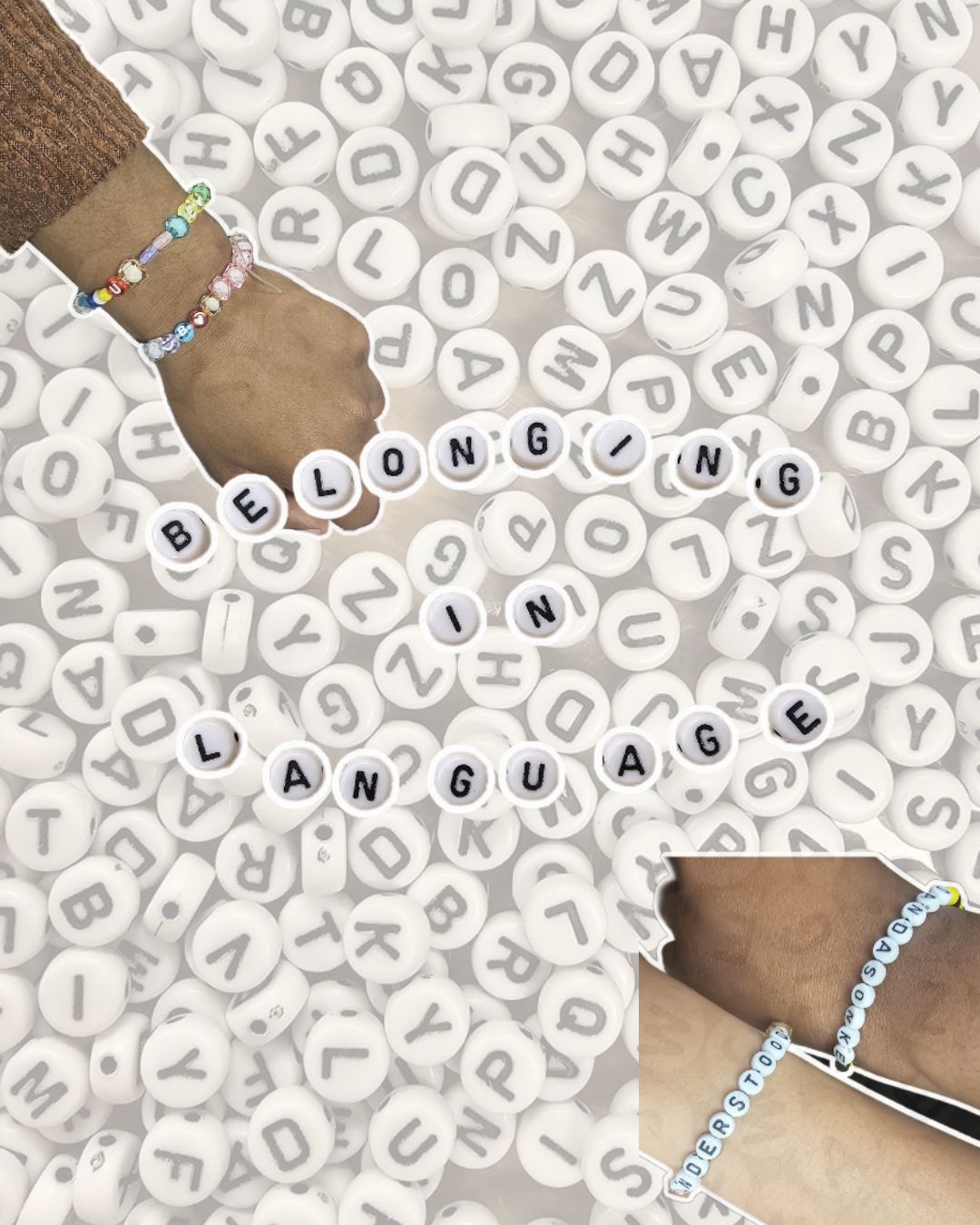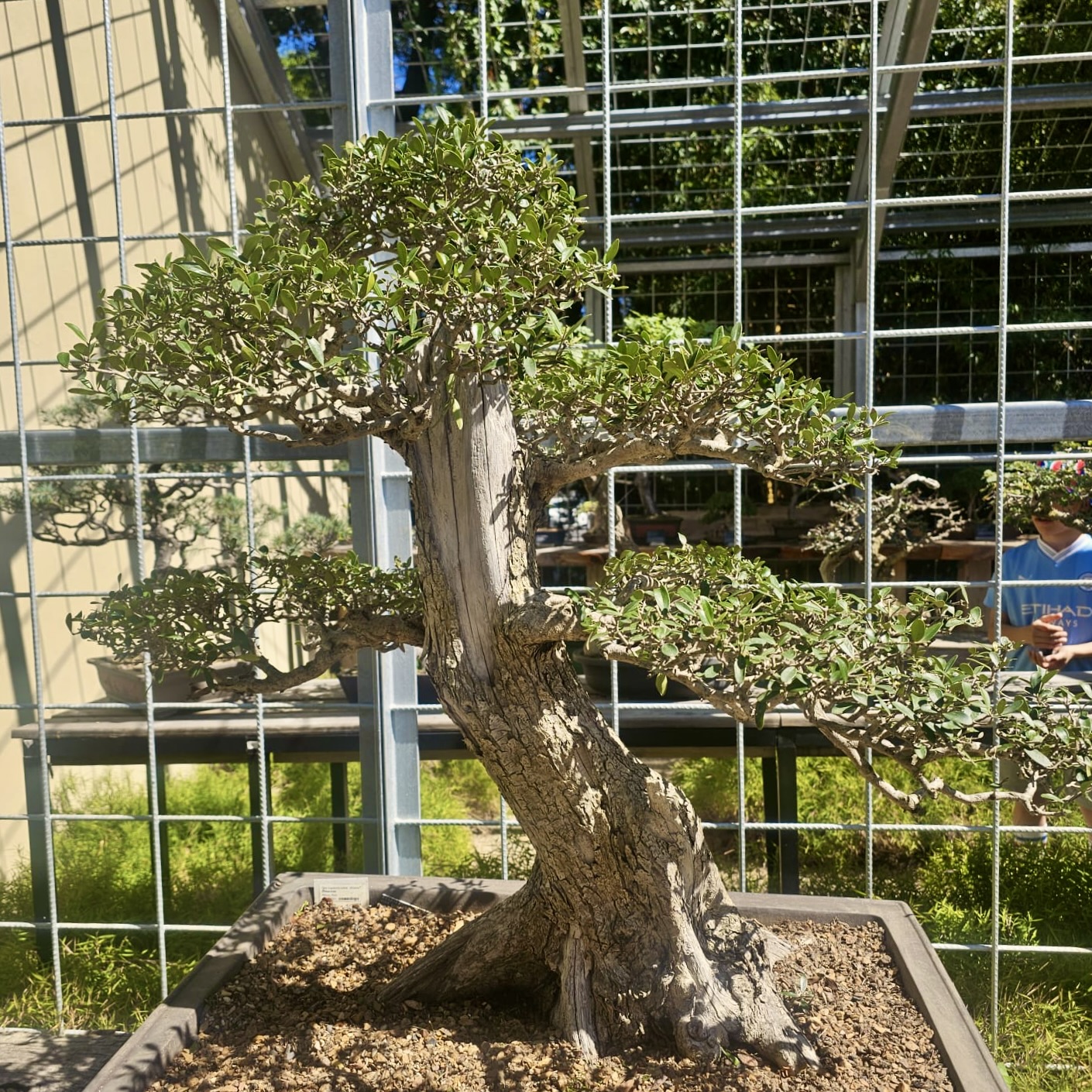On Friday 8 August, students at Stellenbosch University (SU) were given the opportunity to publicly share their experiences where they felt excluded because of their race or cultural background.

This initiative, led by Caleb Oliphant, final year BA Visual Arts (Visual Communication Design) student, involved displaying students’ anonymous comments on the board which was put up on the rooiplein at SU. While this project sparked important discussions, it also stirred controversy.
Oliphant stated that this initiative was meant to take what is invisible and make it visible to create a sense of power. He continued to say, “This was also the starting point for raising awareness around the racial exclusionary narratives at Stellenbosch. For so many students experiences of exclusion are carried out quietly.”
Many of these comments came from students of colour, highlighting the ongoing challenges they face at SU. These challenges included issues like residence culture and welcoming week to academics and NSFAS-related concerns. One student noted, “Do you see how most of these are from POCs? Let’s talk about it face to face.”
While the initiative gave students a platform to express themselves, it also drew criticism. Another student questioned the impact, asking, “AND THEN WHAT?” This begs the question of whether the rest of the university genuinely cares about the problems students are experiencing.
“You speak really good English for a black person.” Such remarks indicate the continuous prejudices which affect students’ sense of belonging.
Caleb stated, “Overall, my hope is that by sharing these stories, we can make the campus environment more inclusive and that awareness leads to meaningful reflection and change.” There was a comment which carried a hopeful tone. One student wrote: “It ends with us?” This comment suggests optimism, and hope for change. It gives rise to the idea that all students, regardless of their race or cultural background are treated equally and that the environment promotes a sense of inclusivity. Caleb stated, “I knew that by putting these stories out in the open and on such a large scale, it would firstly validate those who experience them and secondly, force us all to confront the issue of exclusion. When you see those words and hear those stories, it forces you to acknowledge the reality of exclusion on campus.”
By Amber Steyn



